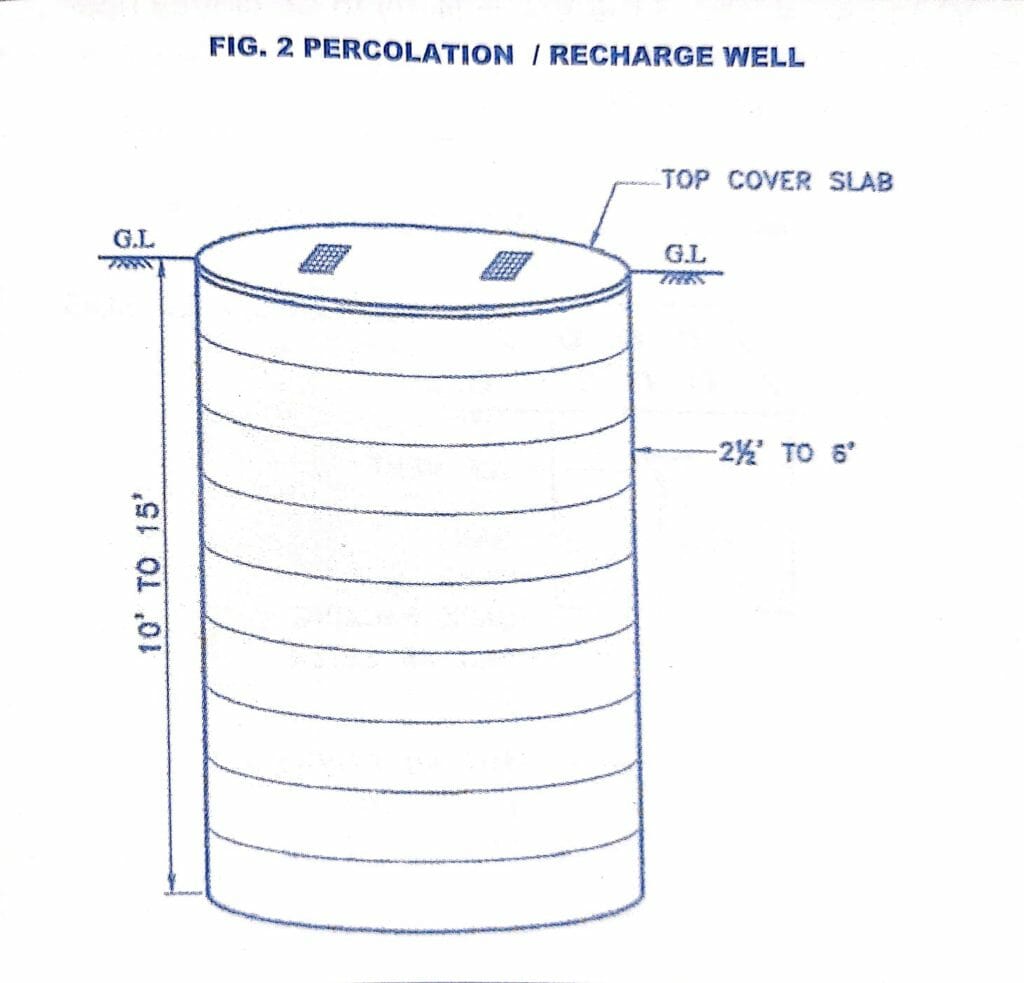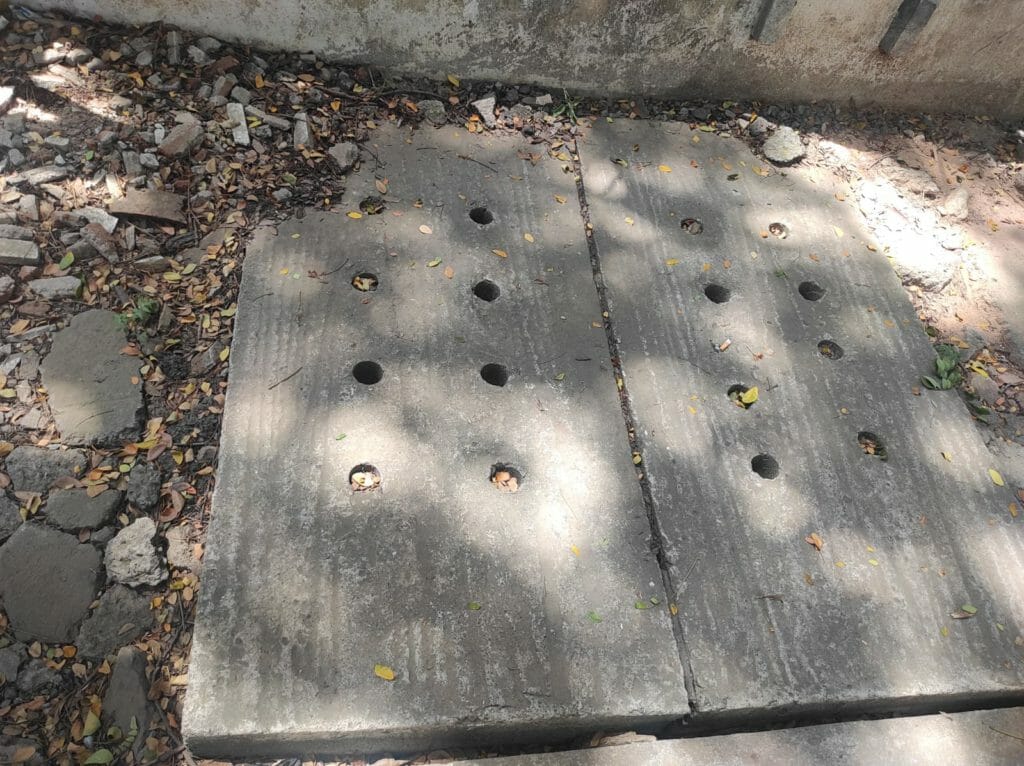Nobody wants 2022 to pull a 2015 on Chennai. Each monsoon since the infamous Chennai floods has been a reminder of the devastation that rains can cause to the city. Last year’s rains were an eye-opener that the city’s flood management still leaves a lot to be desired.
The civic body is working frantically to complete the stormwater drain work in Chennai this year before the onset of the monsoon. Since March 2022, the Greater Chennai Corporation has been carrying out desilting existing stormwater drains and building new ones in areas with no drains or damaged ones.
The question in the minds of Chennaiites about the stormwater drain work, that has caused residents to suffer from traffic and bad roads, is whether the discomfort will be worth it.
“People need not be afraid. We will be in a better position to handle rains this year,” says S Rajendran, Chief Engineer (General) of GCC.
But can SWDs alone battle floods in Chennai? Or do we need to look at a more holistic strategy to handle the rains?
Status of stormwater drain work in Chennai
The flood-mitigation measure adopted by the city has stormwater drains as the key component.
The result of the past months of work per the civic body is that most of the SWD network across Chennai would be ready before the seasonal rains.
“A stretch of 200 kilometres was taken for readying and building stormwater drains in Chennai. 120 km of arterial drains on the major roads will be ready by September 30. Moreover, 20% of the feeder SWDs on the minor roads will be ready. Post-September, no SWD work will be done and the dug-up rains will be closed”, says Rajendiran.
“We identified 568 locations which faced high waterlogging last year to build SWDs in Chennai. In those spots, it took more than 3 to 4 days for the water to clear. The older drains could handle only 3 to 5 cm of rain. This year they have been expanded to handle 7 cm of rain,” says the Chief Engineer.
“For better flood management, the civic body will connect the feeder drains to the arterial SWDs in Chennai. But wherever they are not connected, water will be pumped from the feeders to go into the arterial drains”, says Rajendiran.
“Previously, desilting used to be harder because the doors of the drains used to be at a distance of 5 m from each other. This year, the Corporation has built the doors at a 2.5-metre gap from each other to remove silt easily. Existing SWDs are also being desilted and the silt is taken to the dump yards in Kodungaiyur and Perungudi”, says Rajendiran.
Additionally, the Water Resources Department of the state has started readying key canals and rivers in Chennai, including the Cooum, Adyar and Kosasthalaiyar rivers and Buckingham canal. Desilting, strengthening of bunds and SWD construction have been proposed. However, due to a delay in the disbursal of funds, the work is not yet full steam ahead.
Read more: Rethinking water body restoration in Chennai
Can stormwater drains alone mitigate floods in Chennai?
“Without protecting urban fundamentals, there is hardly any point in addressing floods. It will be an isolated activity,” says S Janakarajan, the President of the South Asia Consortium for Interdisciplinary Water Resources Studies. He refers to major drains, macro drains, waterbodies and wetlands as urban fundamentals.
“The topography of Chennai must also be considered while setting up flood-resilient infrastructure. The terrain is very flat, which makes the gradient limited. Rainwater is not going to rapidly run off [into SWDs],” says Janakarajan.
“But that does not mean SWDs will not help in flood alleviation”, he says. “However, they will not provide 100% alleviation, and we must look into other solutions.”
“Chennai Corporation planned to set up sponge parks in Vadapalani and Manali to soak up rainwater and recharge the water table while preventing floods too. “We have started giving tenders for the sponge gardens,” says Rajendiran.
Apart from giving a channel to divert the run-off water, the city administration also needs to consider the role of groundwater in floods in Chennai.
“In 2021, waterlogging happened due to high groundwater levels,” says Sekhar Raghavan, the director of Rain Centre, a not-for-profit organisation that works on water conservation. “Groundwater should have been extracted and put to use, to make space in the ground for fresh rains. This should follow with harvesting rainwater later.”
If the water table is saturated and the administration does not pump the water from the ground, it can again lead to waterlogging and flooding, add the experts from Rain Centre.
Harvesting rainwater can solve floods and water scarcity
“Harvesting and storing rainwater can reduce run-off water, which in turn reduces the burden on stormwater drains to carry all the rainwater in Chennai. However, there is a lot of focus only on building SWDs,” says Dayanand Krishnan, a Geographic Information System expert.
With buildings at higher levels than the roads, the run-off water from the buildings will also have to be borne by the SWDs on the streets. This also increases the burden of SWDs in Chennai, only to be heightened by a lack of rainwater harvesting infrastructure in buildings.
“Constructing recharge wells on roads and inside buildings can help the aquifers to get recharged, at the same time prevent floods. It is a two-in-one solution,” says Ramshankar, the founder-coordinator of Save Water And Recharge Aquifers Network (SWARAN), a network of citizens who provides information and solutions for rainwater harvesting and urban flood management.
“Even in places like Besant Nagar and Tiruvanmiyur which have sandy soil, they are constructing SWDs. There is no need at all as the soil will absorb the water due to its permeable nature. Sometimes, the water will take a few hours to absorb, and must not be considered as flooding, which warrants SWDs,” says Sekhar.
Rain Centre has proposed many solutions to bring rainwater conservation within the fold of flood management strategies in 2013-15. Their proposal call for leaving the sides of the road un-concretised or unpaved, so that water can naturally seep into the soil on the sides of the road.
Another suggestion has been the construction of recharge wells on roads instead of SWDs.

“An RCC (Reinforced Cement Concrete) slab with holes can be the top cover of the lid. Even vehicles can stand over them. Nothing will happen,” says Ramshankar.
Since the recharge well is wide enough, a person can go in and desilt it as well.
“Even in areas away from the coast where the sandy soil is less or absent, there can be a combination of stormwater drains and recharge wells. Our priority must be to recharge water first and then let the excess water be taken by the SWDs. So, we even proposed that recharge wells be constructed near SWDs,” says Sekhar.
Some resident communities have installed recharge wells next to the mouths of SWDs with the help of Rain Centre.
“We have had hardly any flooding for the past two years, thanks to recharge wells. We have 15-16 recharge wells in RK Nagarra alone,” says KL Balasubramanian, the community leader of RK Nagarra in Chennai. Each recharge well costs Rs. 23,000. In RK Nagar, the rainwater first enters the recharge well, and then the excess is diverted to the SWD.

“Even if a recharge well cannot be constructed, we suggest leaving the bottom of the SWDs unconcretised so that some natural percolation of water happens. That has also not been implemented,” says Ramshankar. Concretising the bottom part of the SWD creates no space for the rainwater to seep in.
“When there is focus only on SWD, rainwater harvesting takes a backseat. Rains are the source of our fresh water in Chennai, and SWD pushes this source of fresh water ultimately into the sea than harvesting it,” says Sekhar.
Not focussing on recharging groundwater can give rise to ramifications too.
Chennai is a coastal city with a ground level hardly above that of the sea. “The fresh water in the ground applies pressure on the seawater to not enter the crust. When we are only consuming freshwater and not taking efforts to recharge it, its levels will be lower, thus paving way for the seawater to enter the soil,” says Ramshankar.
Read more: All that’s wrong with stormwater drains in Chennai and how to fix them
Flood-resilient infrastructure lessons for Chennai
Dayanand talks about how other countries are battling floods and what Chennai can learn from them in creating viable, disaster-resilient infrastructure.
Porous layer on roads: With an increase in paved areas, there is an increase in stormwater run-off, which can lead to flooding. Countries in the West and some in Asia have realised this and have opted for porous layers on the roads. The rainwater will percolate and recharge the ground.
Retention sumps in buildings: In Singapore, retention sumps inside buildings have a capacity to hold 30% of rainfall, and this water is reused for purposes like flushing toilets. This structure is built apart from the rainwater harvesting system.
If the water exceeds the sump capacity, then the water can be channelled into SWDs in a controlled way.
Rain garden: Along the sides of the road, native plants grow in the soil in a level lower than the road level. This will ensure rainwater percolation.
Stormwater drains can indeed keep floods at bay, but it should not be the only solution that the city is reliant on. The priority must be to tap into the rainwater to recharge the aquifers and then use SWDs to channel the excess water that cannot be harvested or stored.
Focusing solely on SWDs gives leeway to more concretisation in the city, thus decreasing the potential of a full water table as well.
